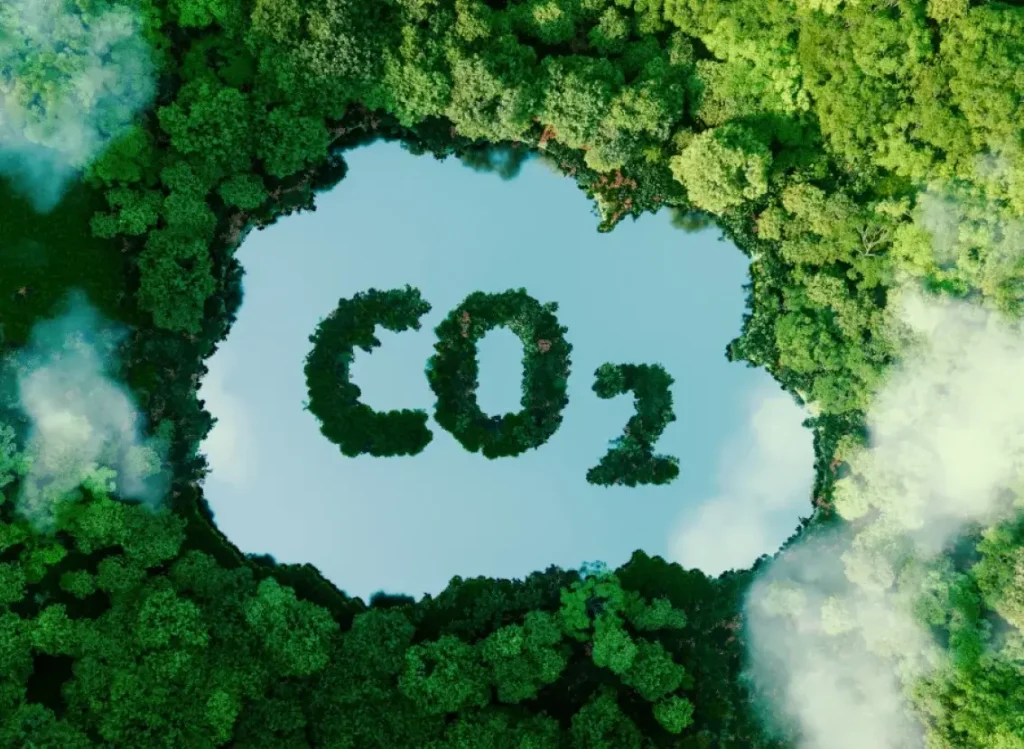The long, sunny days of summer are the perfect opportunity to learn how to make the most of sunlight and reduce CO2 emissions. In this article, we will explain the different ways to use solar energy to reduce your carbon footprint with small actions that can have a big impact on corporate sustainability.
The first step for any company wishing to reduce its CO2 emissions is to understand its carbon footprint. This involves measuring all sources of emissions, from office energy consumption to transport and logistics.
- Use specialised tools to conduct a comprehensive emissions analysis.
- Collaborate with sustainability experts to obtain an accurate and detailed assessment.
- Create an emissions baseline to measure the progress of your CO2 reduction strategy.
Once your company has calculated its carbon footprint, you can implement different strategies to reduce your emissions.
Installation of solar panels
One of the most effective ways to take advantage of sunlight is through the installation of solar panels. They convert solar radiation into electricity through the use of photovoltaic cells providing benefits such as:
- Reduced CO2 emissions during operation
- Generation of clean and renewable energy
- Economic savings through a reduction of electricity bills
- Reduced independence from fossil fuels
Daylighting
Maximising the use of natural light in buildings is a key element in creating healthier and more efficient spaces. It is important to consider aspects such as the orientation of windows, the use of transparent materials and the distribution of interior spaces to achieve an efficient design. Benefits include:
- Reduced CO2 emissions
- Reduced energy consumption
- Improved well-being of the people occupying the space, increasing productivity and reducing stress.
Electric Vehicles and Solar Chargers
Converting the company’s vehicle fleet to electric vehicles and using solar charging stations can reduce greenhouse gas emissions associated with transportation. Among the advantages of such initiatives:
- Reduced CO2 emissions during operation and charging.
- Lower operating costs associated with fuel and maintenance.
- Receiving government incentives for the purchase and installation of these devices.
However, even with best reduction practices, some CO2 emissions are unavoidable. This is where carbon offsetting comes in. There are several ways to offset your emissions: - Invest in reforestation projects that absorb CO2 from the atmosphere.
- Purchase carbon credits to offset the remaining emissions.
- Work with specialised carbon offsetting organisations to ensure that your chosen projects are effective and verifiable.
By calculating, reducing and offsetting emissions, you can lead by example and contribute to a cleaner, greener world. This summer is the perfect time to start integrating these sustainable practices into your business sustainability strategy – contact us if you need guidance in the process!


